This is the first Primary Kufic manuscript in centuries that has been written with an authentic qalam. The manuscript, which is in process of book binding, will be presented for the first time at the Abu Dhabi Int Book Fair 2014. In addition, two workshops on Kufic script will be conducted at the ADIBF 2014 by the calligrapher of this manuscript (Seyed Mohammad Vahid Mousavi jazayeri). This glorious Qur’anic manuscript will be the most luxurious and expensive book produced in Iran for the last 20 years, owing to the use of gold leaf for its decoration.
- Here you can download Abu Dhabi Int Book Fair (ADIBF) Show Daily article about this manuscript.
- Here is two videos from the ceremony for this glorious book: video one and video two.
- Here is Dr Perette E. Michelli’s introduction to this manuscript:
This lovely work by calligrapher and researcher Seyed Mohammad Vahid Mousavi Jazayeri and illustrator and illuminator Jamshid Sarhaddi is significant in several ways. It was Mr. Mousavi Jazayeri who rediscovered the lost art of cutting a qalam correctly for Primary Kufic, which gives his work a special authenticity. Moreover, he has spent two decades studying the script on manuscripts and objects in museums, mosques, libraries, private collections, buildings and cemeteries. Thus, he knows the script and its expressive qualities in depth and performs it with creative sensitivity to its historic applications. A hallmark of both Mr. Mousavi Jazayeri’s work and that of Mr. Sarhaddi is the rich and subtle effect achieved through the use of natural colours and gold leaf for the paper, the calligraphy and for the illumination. There could not be more appropriate masters to produce what we believe to be the first Primary Kufic Qur’an in decades – or even centuries.
The book contains the entire Surah Ya-Sin (Surah 36), whose characterization as the “heart of the Qur’an” is traditionally ascribed to the Prophet himself (Tirmidhi, 2812/A). According to the same tradition, the Prophet also taught that reciting this surah will be rewarded by Allah as if the whole Qur’an had been recited ten times. Mr. Mousavi Jazayeri has designed the book to look like part of those multi-volume Qur’ans that were given as waqf (religious endowments) from about the time that paper and cursive scripts began to replace the parchment and Kufic scripts that had been standard for centuries. Like many waqf Qur’ans, it has a strongly horizontal format with very few words per page; the letter groups are evenly spaced and triple-spot verse-end markers are inserted into the relevant gaps. Mr. Mousavi Jazayeri, however, has restricted the number of lines to two per page, where the medieval Qur’ans favor three, five, seven or more lines.
This format allows Mr. Mousavi Jazayeri to develop and emphasize some medieval features to give added interest and beauty to the page. More than the medieval calligraphers, Mr. Mousavi Jazayeri sets words to flow over line and page ends, and his mashq (horizontal elongation) are often placed to facilitate a central vertical axis. Thus the text is seamless in several ways, having no obvious breaks, deploying extensions that visually counteract the sudden vocal stoppage caused by consonants such as kāf and dāl, and with wrapped words binding lines and pages together. In these ways, the ancient scribes and especially Mr. Mousavi Jazayeri seem to convey the sense of God’s words streaming from their state of tawhid (unicity) in Allah’s Jabarut universe into particulate existence in our Mulk.
A beautiful feature of Mr. Mousavi Jazayeri’s work complements this page-binding continuity by evoking something of the inversions and reflections that characterize the correspondences between Allah’s Jabarut and our Mulk. Apparently intuitively, he sets out many of his pages so that the letters form patterns of similarity. In ayah 11, for example, the first letter rā’ (continued from tunthiru, warn) is complemented by the last letter, which is also rā’ (of Al-Rahman). The last letter of the top line, dhāl (of althikra, those who), is complemented by the first letter of the second line, kāf (of the same word). So the page is bound to its predecessor and to its successor by the words straddling its beginning and end, and the two lines are bound by the word flowing from the end of one to the beginning of the other and by their complementary beginnings and ends. A similar pattern is found in ayah 47, which also has a vertical axis marked by the alif of Allah on the top line and the joined letters yā’ and nūn of allatheena (whose). Here the two tails point in opposite directions, and the beginning of the word Allah is complemented by the end of a word referring to people. There are more correspondence patterns on these and other pages for delight and contemplation.
There is also a subtle creativity in the treatment of some pages to reflect the meaning of the text. A good example is at the end of ayah 49 and the beginning of ayah 50. Again, the first letters complete a word begun on the previous page (takhuthuhum, seize them) and form a close visual match with the letters immediately underneath (from the word yakhissimoona, disputing). All the letters and words pertaining to sinners on this page are enveloped in a turbulent cloud, while yakhissimoona itself has black streaks exploding from it like shrapnel, conveying the violence of the argument. Only the word pertaining to God at the beginning of the page is clear of this cloud. On the other hand ayat 38 to 39 refer directly to Allah, with words like Al-Aziz (Almighty) and Al-Alim (All-Knowing), and state that He has set out the orbit of the moon. On this page, the words float clear against a pale background lifted with patches of light.
If it is the task of all who create to assist others in the contemplation of God, Mr. Mousavi Jazayeri and Mr. Sarhaddi have honored that sacred obligation. The work is significant as possibly the first contemporary Primary Kufic Qur’an in decades or more, the book is reminiscent of traditional waqf Qur’ans, the text is the heart of the Qur’an, the script authentically conveys the sense of the Qur’an as direct revelation from God, and its creative treatment creates opportunities for mindful contemplation.
- Kufic calligraphy by Seyed Mohammad Vahid Mousavi Jazayeri . www.kuficpedia.org
- A ceremony for Kufic Surat Yasin
- Kufic calligraphy by Seyed Mohammad Vahid Mousavi Jazayeri . www.kuficpedia.org
- Kufic calligraphy by Seyed Mohammad Vahid Mousavi Jazayeri . www.kuficpedia.org
- Kufic calligraphy by Seyed Mohammad Vahid Mousavi Jazayeri . www.kuficpedia.org
- Kufic calligraphy by Seyed Mohammad Vahid Mousavi Jazayeri . www.kuficpedia.org
- Kufic calligraphy by Seyed Mohammad Vahid Mousavi Jazayeri . www.kuficpedia.org
- Kufic calligraphy by Seyed Mohammad Vahid Mousavi Jazayeri . www.kuficpedia.org
- Kufic calligraphy by Seyed Mohammad Vahid Mousavi Jazayeri . www.kuficpedia.org
- Kufic calligraphy by Seyed Mohammad Vahid Mousavi Jazayeri . www.kuficpedia.org
- Kufic calligraphy by Seyed Mohammad Vahid Mousavi Jazayeri . www.kuficpedia.org
- Kufic calligraphy by Seyed Mohammad Vahid Mousavi Jazayeri . www.kuficpedia.org
- Kufic calligraphy by Seyed Mohammad Vahid Mousavi Jazayeri . www.kuficpedia.org
- Kufic calligraphy by Seyed Mohammad Vahid Mousavi Jazayeri . www.kuficpedia.org
- Kufic calligraphy by Seyed Mohammad Vahid Mousavi Jazayeri . www.kuficpedia.org
- A ceremony for Kufic Surat Yasin
- Kufic calligraphy by Seyed Mohammad Vahid Mousavi Jazayeri . www.kuficpedia.org
- Kufic calligraphy by Seyed Mohammad Vahid Mousavi Jazayeri . www.kuficpedia.org
- Kufic calligraphy by Seyed Mohammad Vahid Mousavi Jazayeri . www.kuficpedia.org
- Kufic calligraphy by Seyed Mohammad Vahid Mousavi Jazayeri . www.kuficpedia.org
- Kufic calligraphy by Seyed Mohammad Vahid Mousavi Jazayeri . www.kuficpedia.org
- Kufic calligraphy by Seyed Mohammad Vahid Mousavi Jazayeri . www.kuficpedia.org
- Kufic calligraphy by Seyed Mohammad Vahid Mousavi Jazayeri . www.kuficpedia.org
- Kufic calligraphy by Seyed Mohammad Vahid Mousavi Jazayeri . www.kuficpedia.org
- Kufic calligraphy by Seyed Mohammad Vahid Mousavi Jazayeri . www.kuficpedia.org
- Kufic calligraphy by Seyed Mohammad Vahid Mousavi Jazayeri . www.kuficpedia.org
- Kufic calligraphy by Seyed Mohammad Vahid Mousavi Jazayeri . www.kuficpedia.org
- Kufic calligraphy by Seyed Mohammad Vahid Mousavi Jazayeri . www.kuficpedia.org
- Kufic calligraphy by Seyed Mohammad Vahid Mousavi Jazayeri . www.kuficpedia.org
- Kufic calligraphy by Seyed Mohammad Vahid Mousavi Jazayeri . www.kuficpedia.org
- Kufic calligraphy by Seyed Mohammad Vahid Mousavi Jazayeri . www.kuficpedia.org
- Kufic calligraphy by Seyed Mohammad Vahid Mousavi Jazayeri . www.kuficpedia.org
- Kufic calligraphy by Seyed Mohammad Vahid Mousavi Jazayeri . www.kuficpedia.org
- A ceremony for Kufic Surat Yasin
- Kufic calligraphy by Seyed Mohammad Vahid Mousavi Jazayeri . www.kuficpedia.org
- Kufic calligraphy by Seyed Mohammad Vahid Mousavi Jazayeri . www.kuficpedia.org
- Kufic calligraphy by Seyed Mohammad Vahid Mousavi Jazayeri . www.kuficpedia.org
- Kufic calligraphy by Seyed Mohammad Vahid Mousavi Jazayeri . www.kuficpedia.org
- Jamshid Sarhaddi – Kufic calligraphy by Seyed Mohammad Vahid Mousavi Jazayeri . www.kuficpedia.org
- Kufic calligraphy by Seyed Mohammad Vahid Mousavi Jazayeri . www.kuficpedia.org


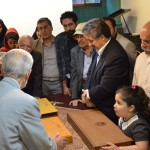
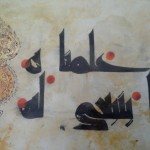
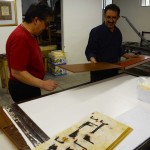
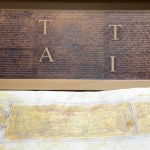


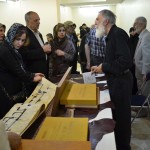
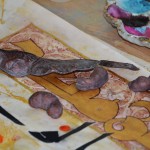

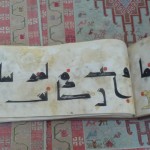
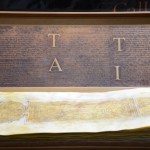
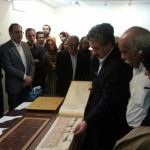
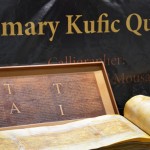
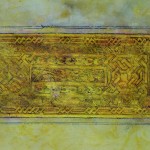
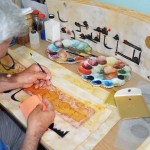
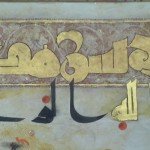

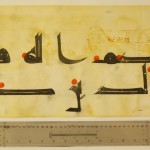

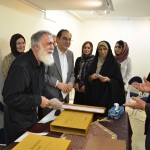
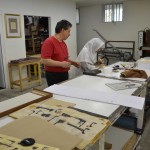
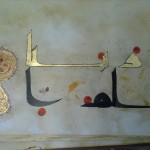
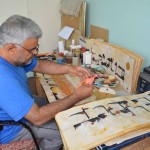

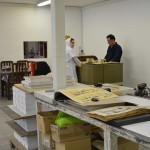
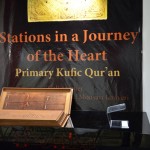
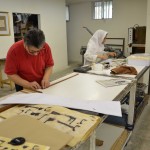
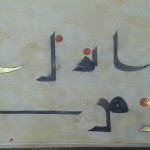
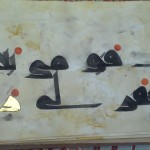
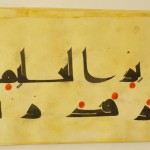
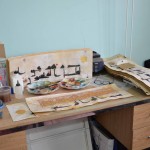
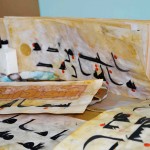
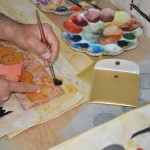

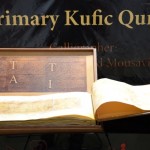
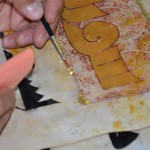

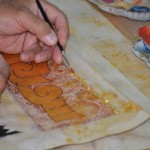
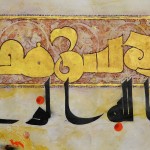
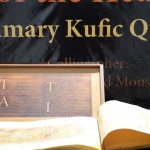
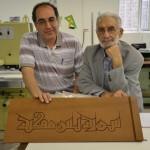
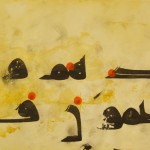
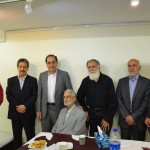
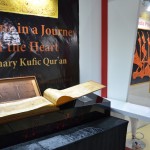


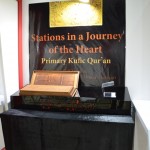
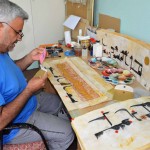
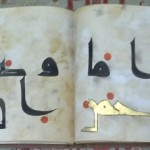
i want to purchase this.
can you please help?